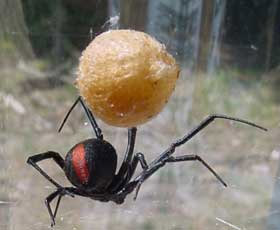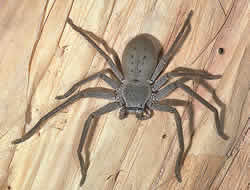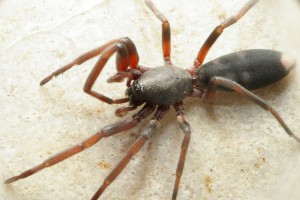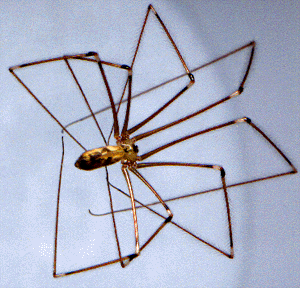Common Household Spiders – Friend or Foe?
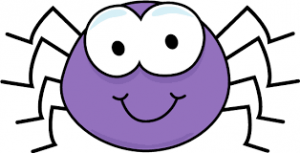
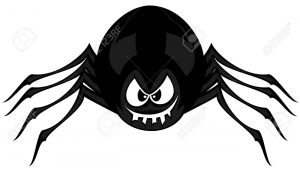
Spiders are unsightly household pests that are extremely common throughout Australia. Some of these eight-legged arachnids are highly venomous, hence provoking fear and even phobias in some people. Spiders are also known to be useful pest control agents in some homes, however, there is always the risk of overpopulation which may lead to spider infestation – and as the old saying goes, ‘Enjoy everything in moderation’… Unless they are venomous.
Spider Treatments and Pricing
Treatment Types
To treat in-home webbing spiders we offer an all-inclusive General Pest Control package which effectively eliminates Webbing Spiders, Cockroaches, Ants, and Silverfish – all in one go!
Our General Pest Control service comes with a work warranty, which means if you’re not 100% satisfied we’ll come back free of charge*.
We can also treat spider infestations and garden spiders, however, this type of work can not be guaranteed due to weather permissions.
Pricing
General Pest Control Pricing (Webbing Spider Treatment)
- Units/Apartments – from $120
- 3 Bedroom House – from $189
See our pricing page for more information on treatment costs.
Spider Profile
Below is a character profile of common household spiders. Read on to identify your eight-legged friends.
Redback Spider
- Venomous – there is an anti-venom for bites
- Black or brown coloured spiders with a red tip on their abdomen – juveniles have additional white spots on their abdomen
- Body length measures around 4mm long
- Reside in urban areas – garden sheds, houses, shoes, rocks, logs, shrubs, junk piles, toilets, and other sheltered areas
- Related to the Black Widow spider
- The Web appears to be a tangled format with a funnel-like upper retreat – vertical sticky threads attach it to the ground
- Less common in winter months
- Prey on insects, other spiders, and small lizards – will take prey from other webs
- Female produces 10 egg sacks containing 250 spiders in summer months – only takes between 1 and 3 weeks to hatch
- Females can live for up to 3 years and males approximately 7 months due to mating rituals
- Only the female injects venom through their bite – symptoms include sweating, nausea, vomiting, and muscle weakness
- First aid; apply ice pack to bite and do not apply a pressure bandage – seek further medical attention
Huntsman Spider
- Relatively harmless
- Famous for tarantula mistaken identity
- Brown, or grey in colour with long legs and a hairy appearance
- Leg length can measure across 15cm
- Reside under rocks, logs, loose tree bark, in crevices, under foliage, and in houses
- Consume insects and other invertebrates
- A silken retreat is built for egg laying and moulting
- Eggs appear in a flat, oval shaped, pearly-white sack – can produce up to 200 eggs
- Young spiders are pale green and eventually disperse
- Lifespan around 2 years
- Bites may be treated with ice-packs – symptoms include local pain and swelling
White-Tailed Spider
- Venomous – thought to cause skin ulceration
- Dark reddish to grey colour with white spot on abdomen
- Cigar shaped body
- Body length measures around 12mm for males and 18mm for females
- Reside under rocks, bark, leaf litter, shrubbery, and houses
- Spin temporary silk webs to lay eggs
- Disk shaped egg sack contain up to 90 eggs
- Mostly nocturnal
- Consume other spiders and insects
- Symptoms of bite include burning, swelling, itchiness, blistering, and ulceration
- First aid; apply an ice pack and seek further medical attention
House Spider
- Relatively harmless
- Black or grey in colour with white markings on abdomen
- Body length measures around 18mm for females and 9mm for males
- Webs consist of silky sheets with a funnel-like entrance – often mistaken for Funnel Web spider
- Females never leave their web – Old webs may look grey and woolly from constant repair
- Female constructs several white silk eggs sacks that are secured to the web
- Life expectancy of approximately 2 years
- Consume insects – tend to build their webs in homes near light, which attracts insects
- Symptoms of a House spider bite include swelling, pain, nausea, vomiting, sweating, and giddiness
- First aid; Bites can be treated with ice packs and further medical attention should be sought
Daddy Long Legs Spider
- Relatively harmless
- Light brown in appearance
- Body length measures between 2 to 10 mm
- Most common house spider
- Irregular webs built in houses, garages, and sheds
- Consumes insects and other spiders
- It is thought that the Daddy Long Legs spider is venomous, however, their fangs are too small to penetrate human skin – they have been known to eat Redback spiders
Contact Us
If you have spiders in you home or business, call Enviro Guard Pest Management today on 1300 669 092 for an obligation FREE quote.

